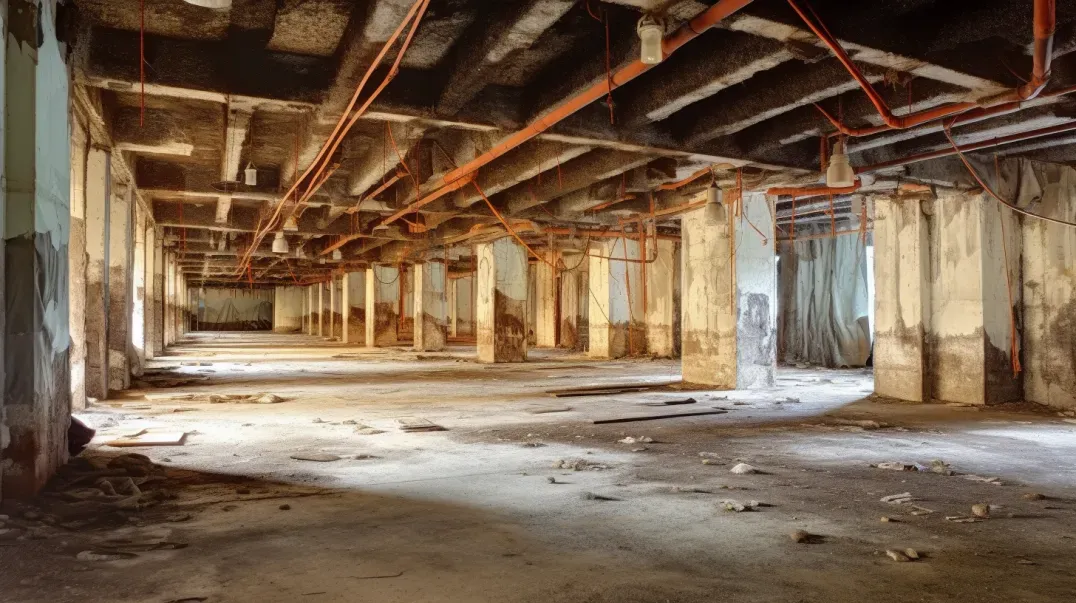
In the face of increasingly unpredictable and severe weather patterns around the globe, the importance of properly insulating homes has never been more critical. Insulation serves as a home's first line of defense against the extremes of heat and cold, safeguarding not only the structural integrity of the building but also the comfort and well-being of its inhabitants. This blog delves into the pivotal role that insulation plays in protecting homes from the ravages of extreme weather conditions, from blistering heatwaves to bone-chilling cold snaps and everything in between.
Effective insulation does more than just moderate indoor temperatures; it acts as a barrier that reduces the energy required to heat or cool a home, thereby lowering utility bills and contributing to environmental sustainability. In regions prone to severe weather, insulation's role expands to include preventing potential damage from moisture and wind, highlighting its importance in comprehensive home protection strategies.
As we explore the multifaceted benefits of insulation, we'll uncover how it contributes to creating a resilient, energy-efficient home capable of withstanding the challenges posed by extreme weather. Whether you're building a new home or retrofitting an existing structure, understanding the critical importance of insulation can guide you toward making informed decisions that enhance your home's durability, comfort, and overall resilience in the face of nature's unpredictability.
Join us as we navigate the essential role of insulation in fortifying homes against extreme weather, offering insights into the best practices, materials, and strategies for optimizing your home's protective barrier. Through this exploration, homeowners can gain the knowledge needed to ensure their homes are well-equipped to handle whatever weather conditions may come their way, making insulation not just an investment in comfort, but a crucial component of home safety and energy efficiency.
Understanding the Impact of Extreme Weather on Homes
Extreme weather conditions, ranging from scorching heatwaves to freezing cold spells, pose significant challenges to residential structures. These conditions not only threaten the comfort and safety of inhabitants but also put a strain on energy consumption and the overall integrity of the building. This blog delves into the challenges posed by extreme temperatures and highlights the indispensable role of insulation in protecting homes and maintaining a stable indoor environment.
Challenges Posed by Extreme Temperatures
Homes are constantly exposed to the elements, making them vulnerable to the varying extremes of weather. The impact of severe heat and cold on residential structures and their internal environments can be profound.
- Effects of Severe Heat and Cold on Home Structures and Energy Consumption: Extreme temperatures can lead to the expansion and contraction of building materials, potentially causing cracks and damage over time. In terms of energy consumption, inadequate insulation can result in significant energy loss, as heating and cooling systems work overtime to maintain comfortable indoor temperatures, leading to higher utility bills.
- The Role of Insulation in Mitigating These Effects: Proper insulation acts as a thermal barrier, reducing the flow of heat into and out of the home. This not only helps in maintaining more consistent indoor temperatures but also reduces the strain on heating and cooling systems, thereby lowering energy consumption and extending the lifespan of these systems.
Insulation’s Role in Weatherproofing
Insulation is a key component in safeguarding homes against the adverse effects of extreme weather, serving as a frontline defense in maintaining the integrity and comfort of the living space.
- How Insulation Acts as a Barrier Against External Weather Conditions: By slowing the rate of heat transfer, insulation ensures that the harsh conditions outside have a minimal impact on the indoor environment. This barrier effect is crucial in both hot and cold climates, where it prevents outdoor temperatures from overwhelming the home's heating or cooling systems.
- Importance of Insulation in Maintaining Consistent Indoor Temperatures: Beyond energy savings, the ability of insulation to maintain consistent indoor temperatures contributes significantly to the overall comfort and livability of the home. It also plays a vital role in preventing moisture-related issues, such as condensation and mold growth, which can arise from dramatic temperature differences between the inside and outside of the home.
The impact of extreme weather on homes underscores the critical importance of proper insulation. Not only does it protect the structural integrity of the building and reduce energy consumption, but it also ensures a comfortable and stable indoor environment regardless of the weather conditions outside. As climate patterns become increasingly unpredictable, investing in high-quality insulation becomes an essential consideration for homeowners looking to safeguard their properties and enhance their living conditions.
Selecting the Right Insulation for Extreme Weather
Adapting homes to withstand extreme weather conditions is a growing concern for many homeowners. Whether battling intense heat or braving the cold, the choice of insulation plays a pivotal role in protecting homes and ensuring energy efficiency. This blog explores the insulation materials and solutions best suited for extreme weather conditions, offering insights into making informed decisions for both hot and cold climates.
Insulation Materials for High Heat Resistance
In regions where high temperatures prevail, selecting insulation that can effectively reflect heat and reduce thermal transfer is crucial.
- Overview of Insulation Materials Best Suited for Hot Climates: Radiant barriers and reflective insulation are among the top choices for hot climates. Radiant barriers, typically made from highly reflective materials like aluminum foil, are used in attics to reflect heat away from homes. Reflective insulation also works by reflecting radiant heat, helping to keep indoor spaces cooler.
- Benefits and Installation Considerations for Heat-Resistant Insulation: The primary benefit of these materials is their ability to significantly reduce cooling costs by minimizing heat gain through the roof and walls. When installing radiant barriers or reflective insulation, it's important to ensure proper placement and air gaps to maximize their effectiveness. Professional installation is often recommended to address unique structural aspects of each home and achieve optimal performance.
Insulation Solutions for Cold Climates
For homes in colder regions, insulation that can trap heat and maintain a warm indoor environment is essential.
- Materials with High R-values Ideal for Cold Resistance: Fiberglass and foam insulation materials are highly effective in cold climates due to their high R-values, which measure their resistance to heat flow. Fiberglass insulation, available in batts or loose-fill, is a versatile option that fits various spaces. Foam insulation, including spray foam and rigid foam boards, offers excellent air sealing properties in addition to insulation.
- Tips for Preventing Heat Loss and Ensuring Warmth Retention: To maximize the warmth retention of these materials, focus on areas prone to heat loss, such as attics, walls, and basements. Ensuring a tight seal around doors, windows, and other openings can further prevent cold drafts. Regular inspections for gaps or deterioration in insulation can help maintain its effectiveness over time.
Selecting the right insulation for extreme weather conditions not only contributes to a more comfortable and livable home environment but also enhances energy efficiency, leading to lower utility bills and a reduced environmental impact. By understanding the specific needs of your climate and the unique characteristics of your home, you can choose the insulation solution that best meets your requirements.
Special Considerations for Insulation in Extreme Weather Areas
Living in areas prone to extreme weather conditions requires homeowners to take additional steps to protect their homes. Insulation plays a crucial role not just in maintaining comfortable indoor temperatures but also in safeguarding the home against the challenges posed by such climates. This blog delves into the essential considerations for insulation in extreme weather areas, focusing on moisture control, waterproofing, and wind and storm resistance.
Moisture Control and Waterproofing
In regions experiencing high humidity, heavy rainfall, or flooding, controlling moisture becomes paramount to prevent insulation damage and ensure the longevity of your home's protective barriers.
- Strategies for Preventing Moisture Buildup and Water Damage in Insulation: Incorporating waterproof or water-resistant insulation materials is a first line of defense in moisture-prone areas. Materials such as closed-cell spray foam not only provide high R-values but also resist water absorption, protecting against mold and water damage.
- Importance of Vapor Barriers and Proper Ventilation: Vapor barriers are essential in preventing moisture from penetrating walls and reaching the insulation, where it can condense and cause issues. Proper ventilation, especially in attics and crawl spaces, further aids in reducing moisture levels by allowing air to circulate and escape, preventing the accumulation of damp air that can lead to insulation degradation.
Wind and Storm Resistance
For homes in areas susceptible to high winds, hurricanes, or tornadoes, ensuring that insulation contributes to the overall structural stability is vital.
- Enhancing Insulation Stability to Withstand High Winds and Storms: Beyond thermal resistance, insulation materials can be selected and installed to add to the home's structural integrity. Techniques such as using adhesive bonds for rigid foam boards or ensuring that batt insulation is securely fitted can prevent displacement during high winds.
- Reinforcement Techniques and Materials for Added Resilience: Some insulation materials offer additional benefits in terms of reinforcing the home's envelope against wind and storm damage. For example, certain spray foam insulations can increase a wall's resistance to wind uplift. Additionally, investing in impact-resistant coverings for insulation in attics and exposed areas can protect against debris and water intrusion during storms.
In areas facing extreme weather conditions, the right insulation choices and installation techniques are critical not only for energy efficiency and comfort but also for the home's resilience. By prioritizing moisture control, waterproofing, and wind resistance in insulation strategies, homeowners can significantly enhance their property's defense against the elements, ensuring a safer and more durable living environment.
Installation Best Practices for Weather Resilience
In regions where extreme weather is a common occurrence, the way insulation is installed can significantly impact a home's resilience, energy efficiency, and comfort. Proper installation techniques are crucial for ensuring that insulation performs optimally, protecting the home against harsh conditions. This blog explores best practices for achieving comprehensive insulation coverage and weighs the pros and cons of professional installation versus DIY approaches in extreme weather regions.
Ensuring Comprehensive Coverage
Achieving complete insulation coverage without gaps or leaks is essential for maximizing the protective and energy-saving benefits of insulation, especially in homes located in areas susceptible to extreme weather.
- Techniques for Achieving Complete Insulation Coverage: Start by conducting a thorough inspection of the home to identify any existing gaps or leaks. Use appropriate materials and techniques for each area of the home, ensuring that insulation fits snugly around obstacles such as pipes, ducts, and electrical boxes. In areas like attics, basements, and crawl spaces, consider using spray foam or blown-in insulation to fill hard-to-reach spaces and create a seamless barrier against external temperatures.
- Special Attention to Vulnerable Areas: Pay particular attention to areas of the home that are most vulnerable to temperature fluctuations and moisture, such as attics, basements, and crawl spaces. These areas often require additional measures, such as vapor barriers or extra ventilation, to prevent moisture accumulation and ensure the insulation remains effective over time.
Professional Installation vs. DIY
Deciding whether to hire a professional or undertake a DIY insulation project depends on several factors, including the complexity of the job, the homeowner's experience, and the specific challenges posed by the local climate.
- When to Seek Professional Help for Insulation Installation: In most cases involving extreme weather conditions, professional installation is recommended. Professionals have the expertise, tools, and knowledge of local building codes to ensure that insulation is installed correctly and efficiently. They can also advise on the best materials for your specific climate and home design.
- Tips for Homeowners Undertaking DIY Insulation Projects in Extreme Weather Regions: For those considering a DIY approach, thorough research and preparation are key. Educate yourself on the types of insulation best suited for your climate and the specific areas of your home. Watch instructional videos, attend workshops, and consult with experts at local home improvement stores. Always follow manufacturer instructions closely, and don't hesitate to seek professional advice if you encounter challenges.
Proper insulation installation is a critical component of weather resilience, particularly in areas prone to extreme conditions. By adhering to best practices for comprehensive coverage and carefully considering the choice between professional installation and DIY, homeowners can ensure their insulation effectively protects their home from the elements, enhances energy efficiency, and maintains a comfortable living environment.
Maintenance and Upgrades for Long-Term Resilience
Ensuring your home remains a safe, comfortable, and energy-efficient haven requires ongoing attention to its insulation. Over time, exposure to extreme weather conditions can compromise insulation's effectiveness, making regular maintenance and timely upgrades essential. This blog explores the critical practices of conducting regular insulation inspections and upgrading insulation materials and technologies for long-term resilience against the elements.
Regular Insulation Inspections
Routine inspections are key to maintaining the integrity and performance of your home's insulation, ensuring it continues to provide optimal thermal resistance and protection against weather extremes.
- Routine Checks to Ensure Insulation Integrity and Performance: Schedule annual inspections of your home's insulation, focusing on areas most susceptible to damage, such as attics, basements, and exterior walls. Look for any signs of compression, displacement, or moisture, which can significantly reduce insulation's effectiveness.
- Identifying Signs of Wear or Damage Due to Weather Exposure: Be vigilant for indications of wear, such as damp spots, mold growth, or areas where the insulation has become thin or patchy. These signs can suggest that insulation has been compromised by moisture intrusion, pest infestation, or physical damage from high winds or storms.
Upgrading Insulation for Enhanced Protection
Advancements in insulation materials and technologies offer homeowners opportunities to enhance their property's resilience to extreme weather, improving comfort and energy efficiency.
- When and How to Consider Upgrading Insulation for Improved Weather Resilience: If inspections reveal significant wear or if your home struggles to maintain consistent temperatures, it may be time to consider an insulation upgrade. Upgrading is also advisable when renovating or when there are changes in local building codes regarding energy efficiency.
- Latest Advancements in Insulation Materials and Technologies: Explore new insulation options that offer superior performance and weather resistance. Materials like spray foam insulation can provide excellent thermal resistance and air sealing in one step, while rigid foam boards add structural strength to walls and roofs. Innovations such as aerogel and vacuum insulation panels (VIPs) offer high R-values in thinner, less intrusive installations, making them ideal for homes in extreme weather regions.
Maintaining and upgrading your home's insulation is an investment in its longevity, comfort, and energy efficiency. Regular inspections help identify and address potential issues before they lead to significant damage, while staying informed about advancements in insulation materials and technologies can guide decisions on enhancing your home's resilience to weather extremes. By prioritizing these practices, homeowners can ensure their insulation continues to protect and perform for years to come.
FAQs
Contact Bull City Crawlspace Today!
Bull City Crawlspace will do everything we can to ensure your experience with us is excellent.
Request A FREE Estimate
Request a Free Estimate Form
Checkout Recent Post
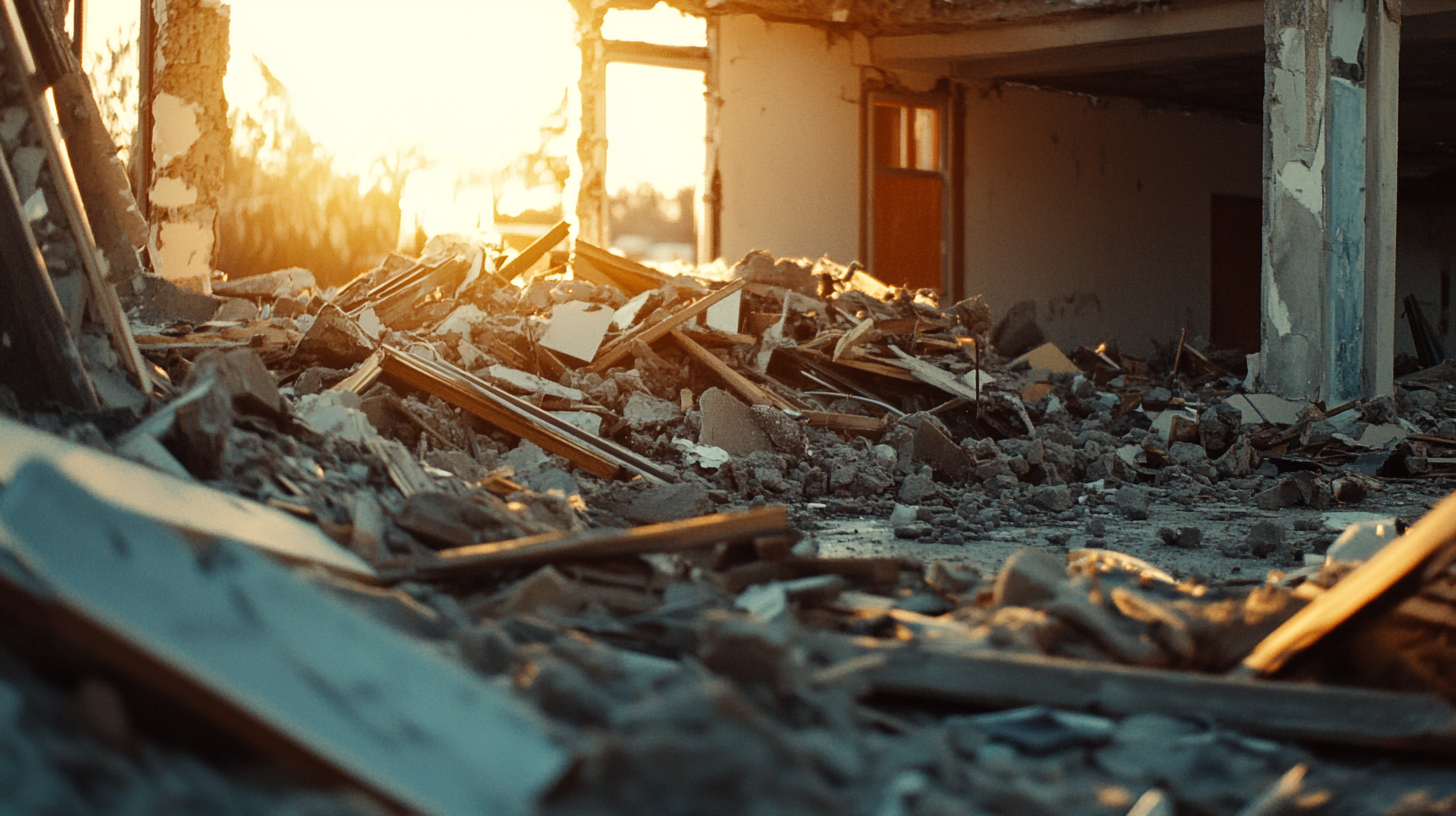
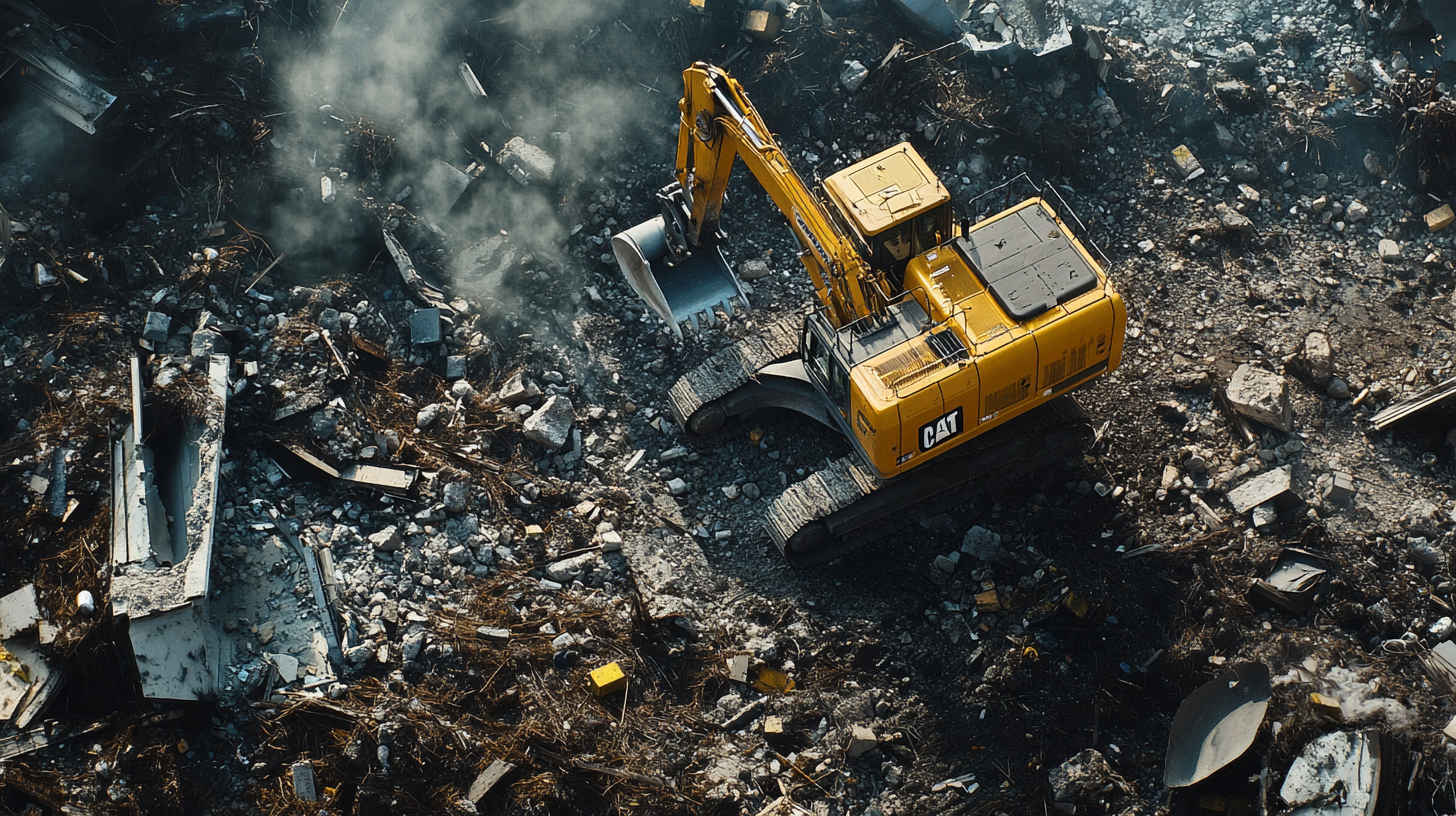
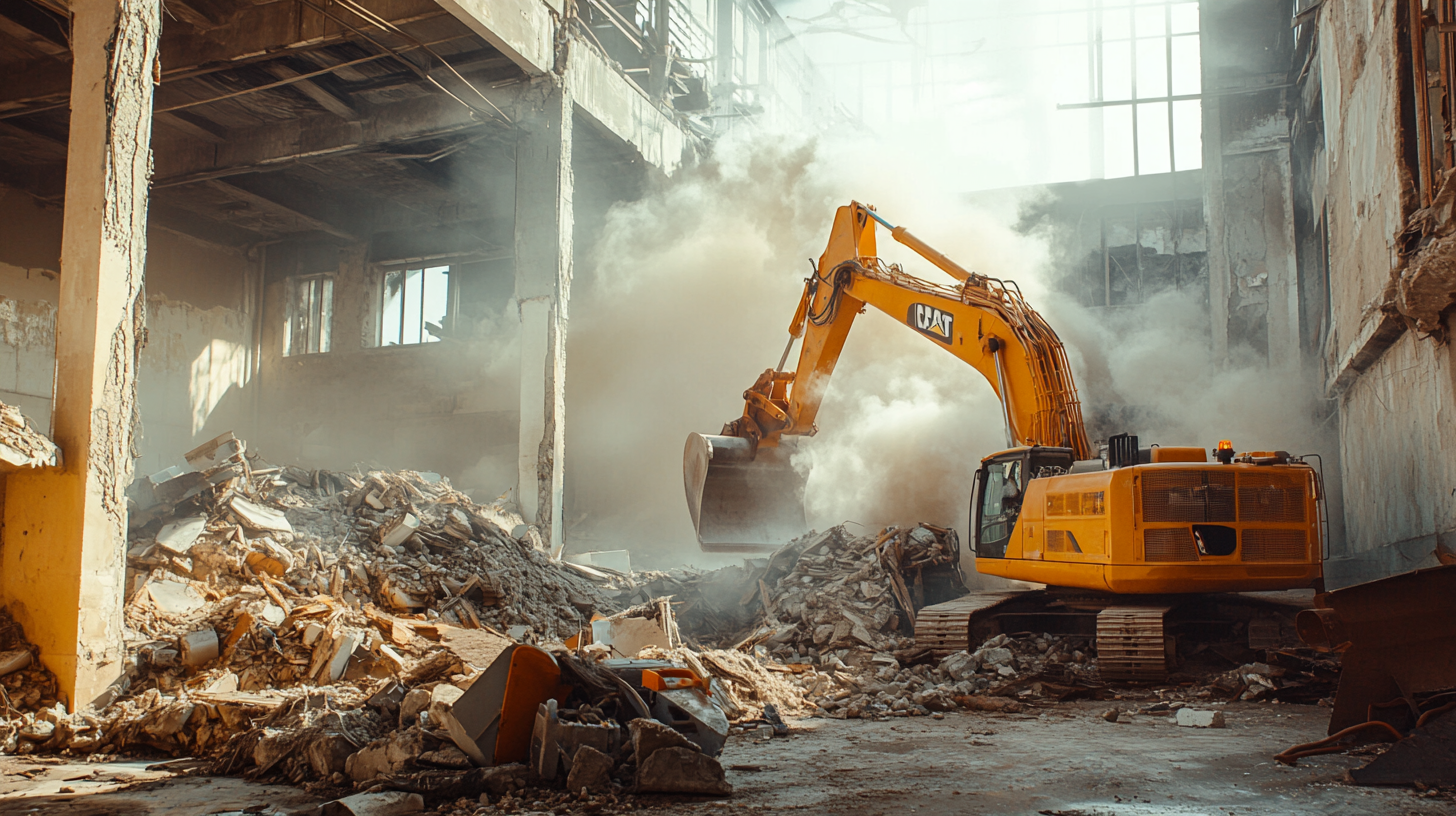
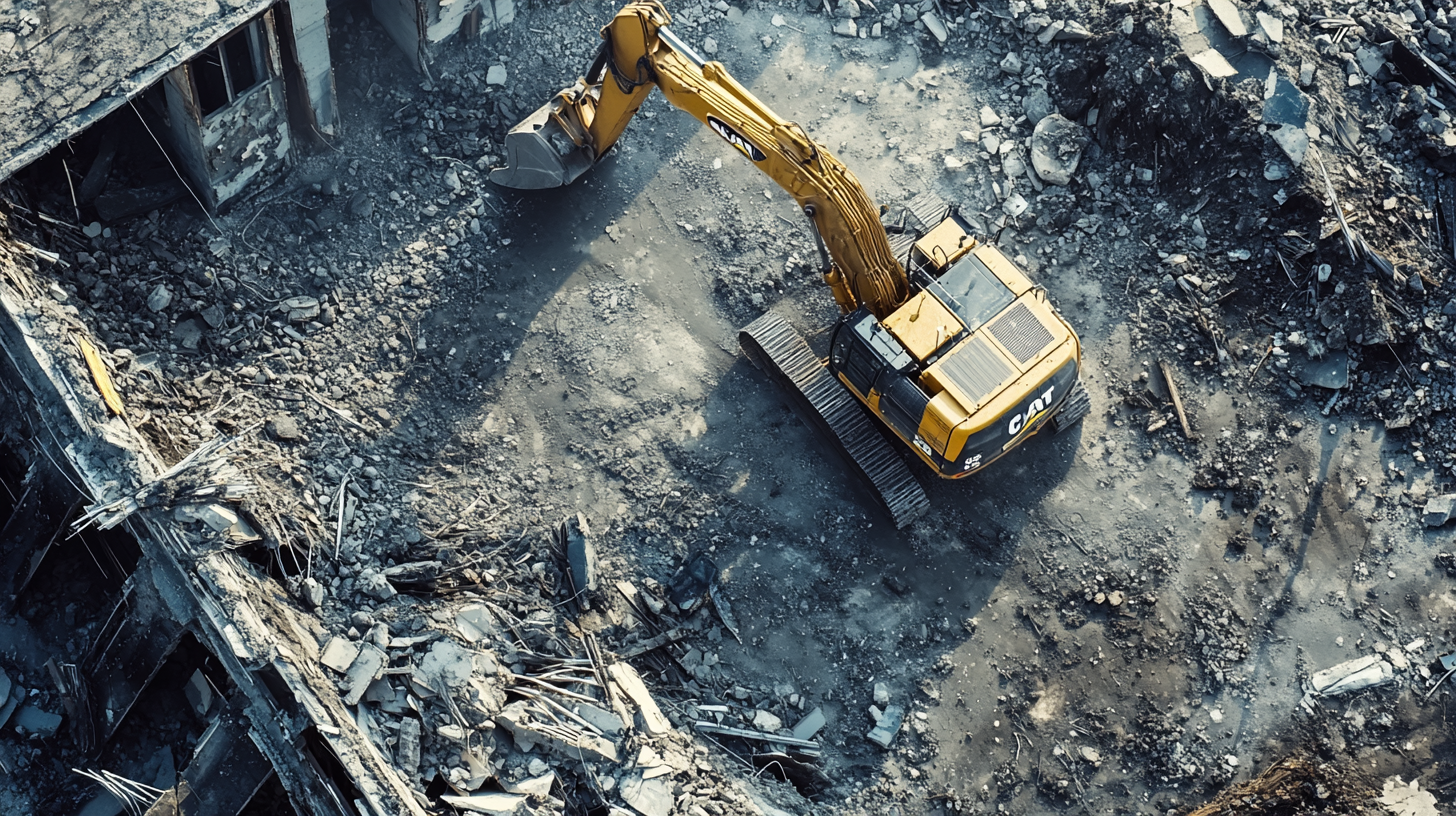
Got a Question? We’re Here to Help.
You can arrange an appointment or make an enquiry by phone or email, orget in touch to us via our contact form.

